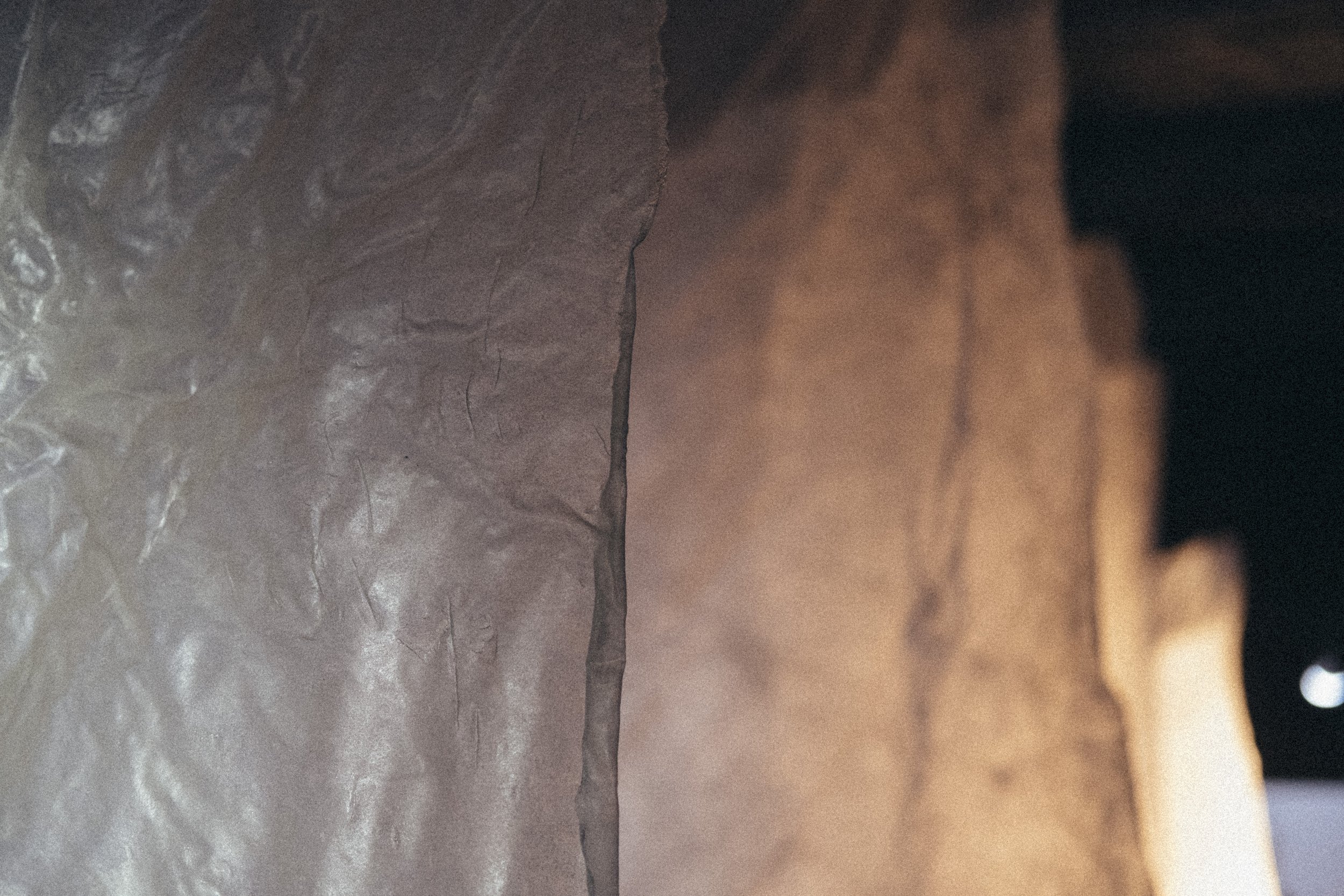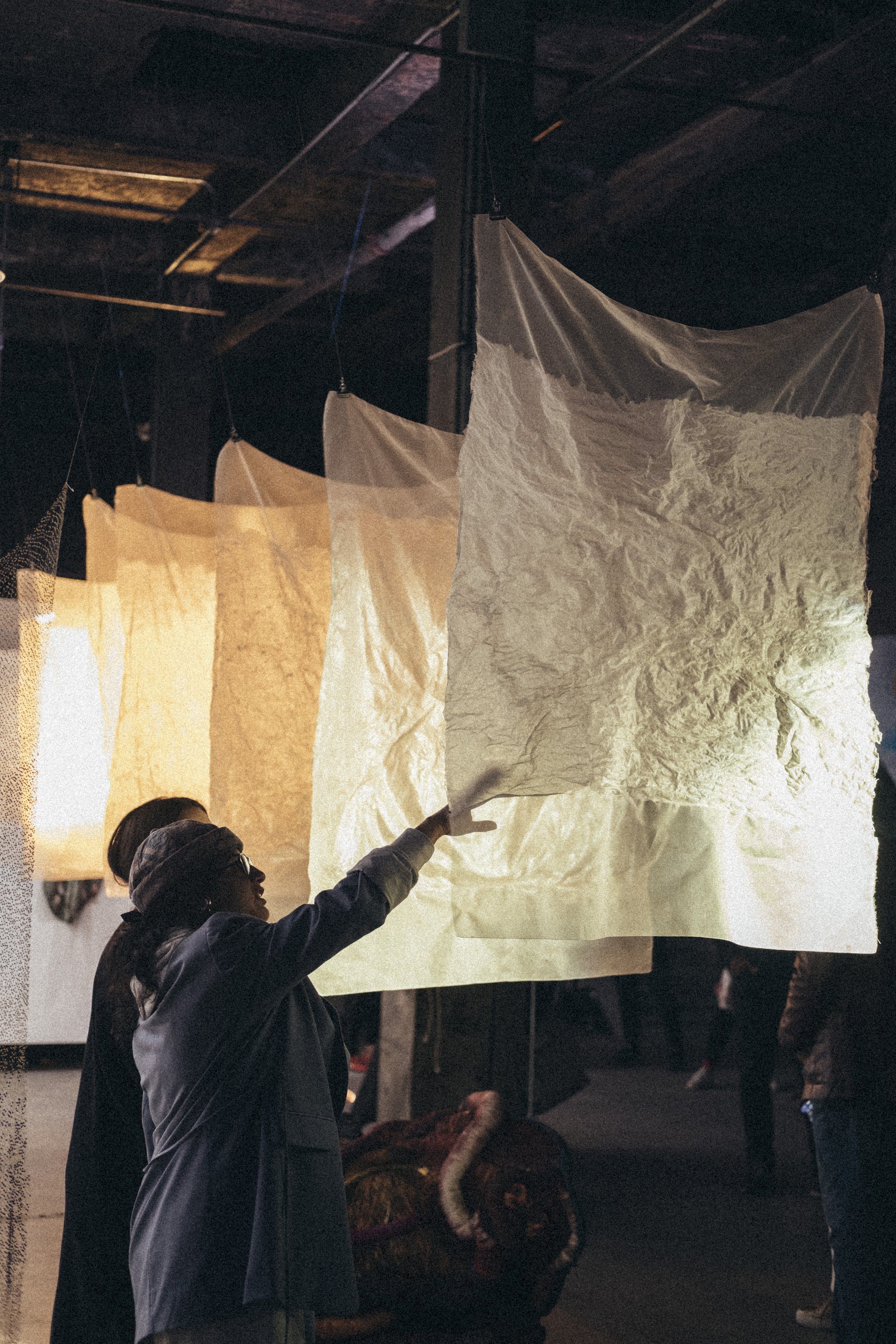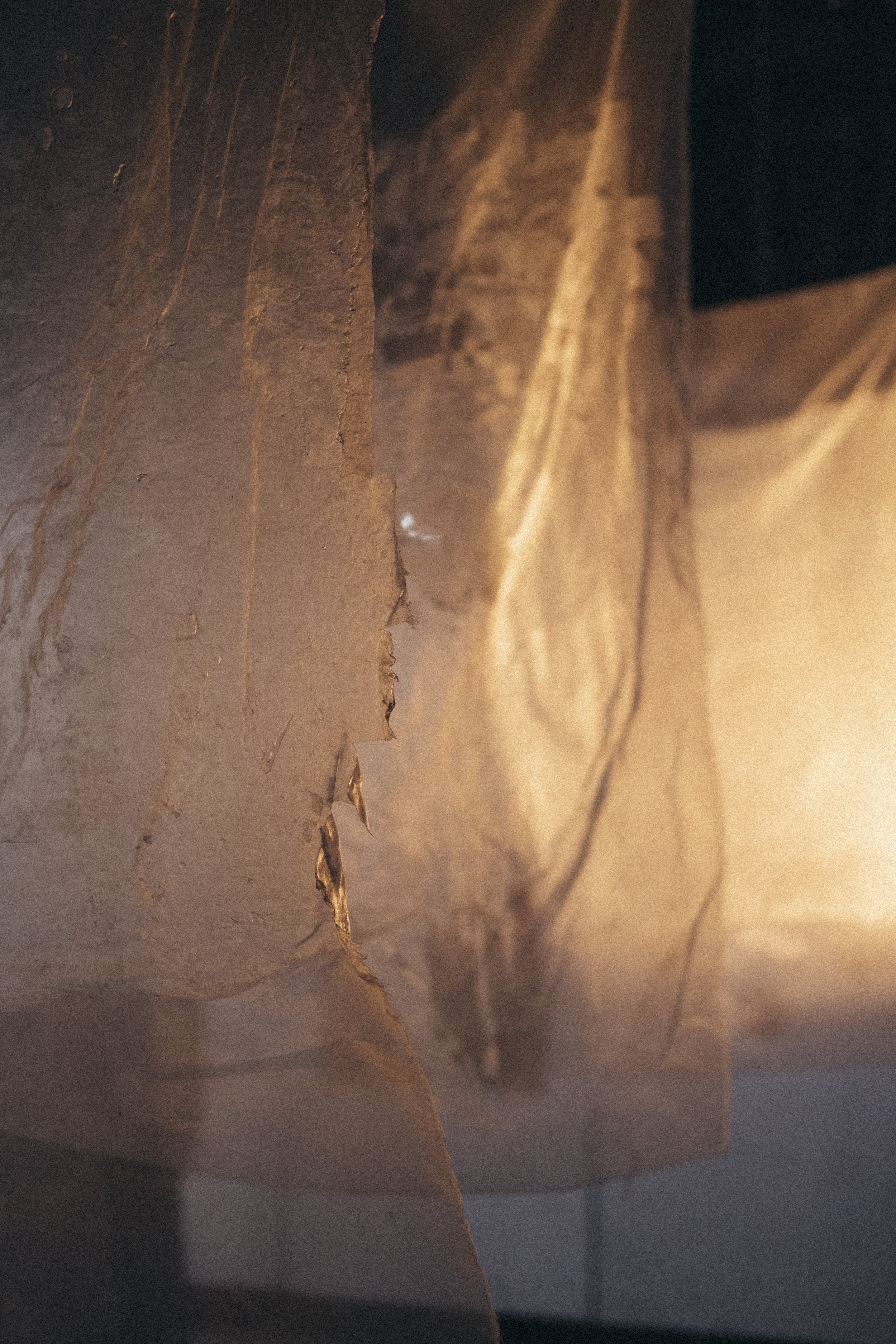Pintura de Castas:
[noun, Spanish]
Series of paintings from the late 18th century in the Spanish colonized Americas that depicted the mix of races that was happening due to colonization in these territories between Spanish colonizers, Indigenous natives and enslaved Africans.
Almidón:
[noun, Spanish]
An odorless, tasteless white substance occurring widely in plant tissue and obtained chiefly from cereals and potatoes. It is a polysaccharide which functions as a carbohydrate store and is an important constituent of the human diet.
-oide:
[suffix, Spanish]
Suffix meaning “resembling,” “like,” used in the formation of adjectives and nouns (and often implying an incomplete or imperfect resemblance to what is indicated by the preceding element).
Pintura de Castas Almidonoides is a sculpture part of the ongoing project Starches of Abya Yala. It transforms and recontextualizes these plants into 7 pieces that use their starches. As such, they are meant to change over time, with death and re-birth as possibilities
The sculpture borrows its name from the Pinturas de Castas (Caste Paintings), a genre of paintings from the late 1700s in the Spanish colonized Americas that depicted the mixing of races due to the intertwining between Spanish colonizers, local indigenous people, and enslaved African people. Pintura de Castas Almidonoides, reinterprets the human mixing illustrated in said paintings through these plants, by exploring 7 different combinations for these “starch races”: Maíz con Maíz (Corn with Corn); Yuca con Yuca (Cassava with Cassava); Papa con Papa (Potato with Potato); Maíz con Yuca (Corn with Cassava); Maíz con Papa (Corn with Potato); Papa con Yuca (Potato with Cassava); 3 en 1 (Corn with Potato with Cassava).
Using the animist lens of the original inhabitants of Abya Yala and the humorist lens of the Spanish colonizers surrounding these plants as a vehicle to start alternative readings around the humans that anthropomorphize(d) them and the ones to come, beyond the hegemonic narratives that continue to envelope these conversations. The pieces are purposefully not easily identifiable, an invitation to the public to decipher their contents (or if it matters).
Pintura de Castas Almidonoides
(2022) 7 panels made with deadstock silk organza, corn starch, cassava starch, potato starch, water, glycerin, vinegar.













